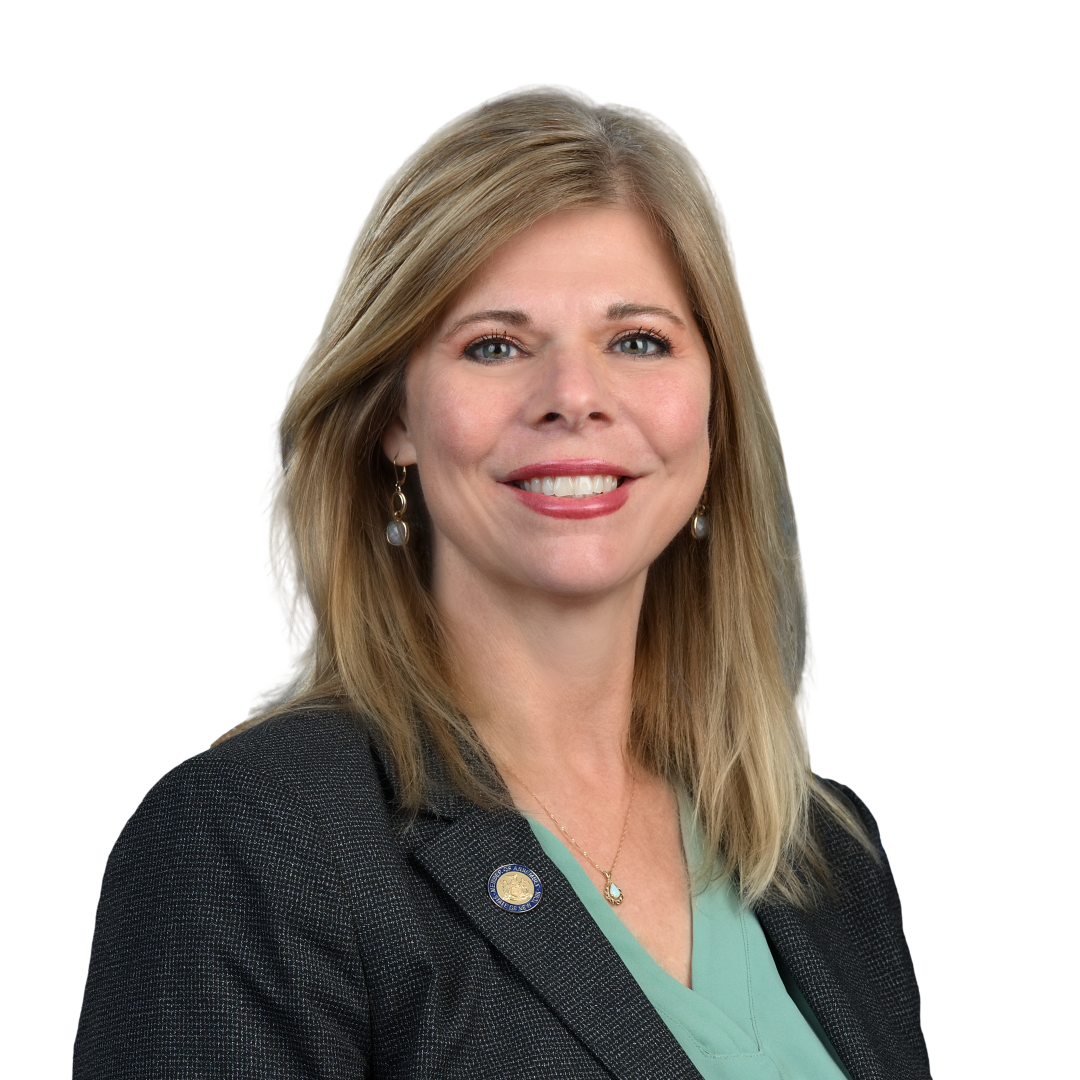Assemblymembers Host Discussion with Stakeholders to Address Nursing Shortage
Legislation would expand nursing simulation training opportunities, allowing colleges to enroll and graduate more students to fill open nursing positions
Today, Assemblymember Monica Wallace (D-Lancaster) was joined by Assemblymembers Karen McMahon (D-Amherst) and William Conrad (D-Tonawanda) to discuss legislation aimed at increasing the number of nurses graduating from nursing programs to address the nursing shortage.Hospital, university and labor representatives were in attendance, including: the Erie County Medical Center, Kaleida Health, Catholic Health; University at Buffalo School of Nursing, Trocaire College, D’Youville University; Communication Workers of America and the New York State Nurses Association.
The legislation at issue would permit nursing programs to count simulation-based training as part of the clinical training nurses must satisfy to graduate those programs. Currently, nursing schools must turn away potential nursing students because there simply are not enough live clinical placements to accommodate everyone wanting to become a nurse. The shortage of clinical spots threatens to undercut the state’s efforts to grow its nursing workforce. Recent reports show almost 10,000 openings for nurses across New York, and the state Department of Health projects the shortage will grow to nearly 40,000 by 2030.
“Our state is facing a severe nursing shortage that is exhausting our caregivers and threatening patient safety,” said Assemblymember Monica Wallace. “It’s incumbent upon us as legislators to find solutions to this critical nursing shortage. This legislation will go a long way toward helping increase the number of qualified nurses available to care for patients in our community. I thank my colleague, Assemblymember Donna Lupardo, for introducing this legislation and I look forward to working with her and the entire legislature to get it passed into law.”
Nursing simulation programs use technology and live actors to provide realistic, experience-based learning in a safe, controlled environment. Studies show that simulation-based training, when used in conjunction with traditional live clinical experiences, is just as effective at preparing students for the skills they need upon graduation. For example, a 2014 study found that students who completed 50% of their clinical training using simulation experiences passed licensure exams at similar rates to those who did not.The current bill would permit about 30% of clinical hours to be satisfied by simulations.
"I was happy to take part in this roundtable today with other stakeholders in the healthcare community to discuss proposed legislation which will allow nursing professional licensure programs to provide up to 30% of clinical training through simulation experiences," said Assemblymember Karen McMahon (D-Amherst). "This bill ensures training programs may utilize the most up-to-date technologies while satisfying clinical curriculum requirements. I thank Assemblymember Wallace for organizing this important discussion, as we work toward enhancing the training of nursing professionals."
“It’s time for bold action to turn around New York’s growing nursing shortage,” said Assemblymember Conrad. “I thank Assemblymember Wallace for organizing this event and thank all those who provided insightful, informative commentary on this legislation and the state of nursing education in New York. I look forward to advocating for measures to alleviate the healthcare worker shortage in our state.”
“In recent years, Trocaire College has used simulation to complement the clinical placements for our nursing students and help strengthen their skill sets,” said Dr. Bassam Deeb, president of Trocaire College. “We see this legislation as an opportunity to strengthen the clinical experience for our students, by providing the flexibility of practicing scenarios that they may not encounter during a clinical, and also enabling them to master skills needed without compromising patient safety.”
“Today’s round table and its varied participants is the type of collaboration we need to address the nursing shortages that are impacting our communities,” said Heather Telford, vice president of Patient Care Services at Kenmore Mercy Hospital. “It’s going to take hospital leaders, academic partners, labor leaders and private and public sector leaders working together to solve this, and we’re grateful for Assemblymember Wallace’s efforts to strengthen the nursing profession.”
